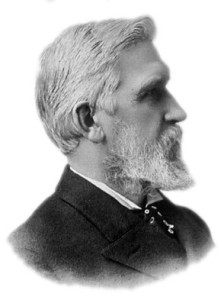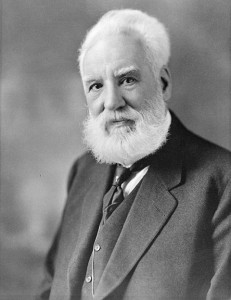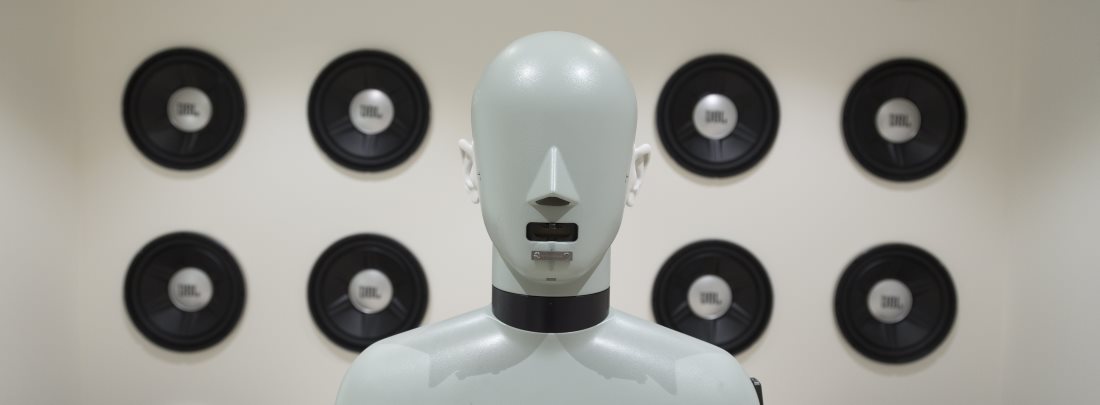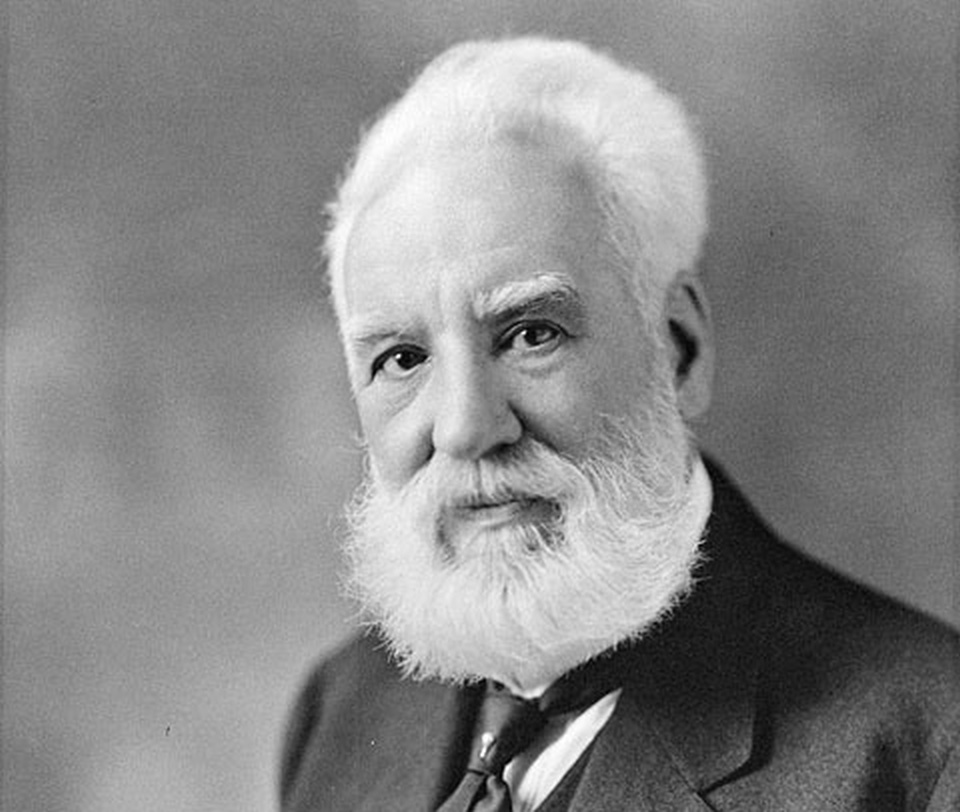Two inventors with significantly improved, successful telephone devices made it to the patent office on the same day, February 14, 1876. These two inventors were Elisha Gray (1835-1901) and Alexander Graham Bell (1847-1922).

Elisha Gray had acquired most of his knowledge on electricity and science from his stay at the Oberlin College. In 1865 he invented a self-adjusting telegraph relay, and in the following years he patented more than 70 further inventions. Gray entered the telegraph business by founding the Gray and Barton Co. together with his business partner Enos M. Barton. In 1872, Western Union bought one third of the Gray and Barton Co. and renamed it Western Electric Manufacturing Company of Chicago. Gray continued as an engineer to develop telegraph equipment for Western Electric. For some time he had been working on a multi-tone telegraph, which he demonstrated in 1874, and which was capable of transmitting a number of different tones controlled by separate keys. Since about 1870, dentist Samuel S. White of Philadelphia had been Gray’s financier for his research and patent expenses. White encouraged Gray to work on telegraph technologies, rather than telephonic speech transmission, which he regarded as less promising.
But Gray had been secretely experimenting with telephone technology for some time, and the afternoon of 14. February 1876, he submitted a caveat of his invention. One of the features of his invention was the use of a variable resistance liquid transmitter. On the very same day, Alexander Graham Bell’s patent lawyer submitted a patent application for the invention of a telephone to the patent office.

The history of Alexander Graham Bell and his telephone is well covered in most accounts on the development of the telephone, so only a brief account will be given here. Bell was born in Edinburgh in 1847, and moved to Canada in 1870. His father worked in a school for the deaf, where A.G. Bell also worked. In October 1872, Alexander Bell opened his “School of Vocal Physiology and Mechanics of Speech” in Boston. For several years, he had been experimenting with a harmonic telegraph, where several messages could be transmitted over a single wire if each message was transmitted at a separate frequency. This was something the telegraph companies badly needed, and Bell obtained funding that enabled him to hire Thomas A. Watson, an experienced electrical designer and mechanic, to work with him. The results of this cooperation is famous.
Bell had demonstrated his invention at the Philadelphia Centennial Exhibition in June, 1876, but The Western Union Telegraph company displayed a complete lack of interest in the new invention. But when it became clear that the new method of communication could become a serious threat to the telegraph service, they started a process of buying competing patent interests.
Two others who had also worked independently on telephone equipment, were Thomas A. Edison and Amos E. Dolbear, a professor at Tufts College. They had worked on both transmitters and receivers, and both claimed to have invented the telephone.
Western Union acquired the services and patents of Dolbear, then Gray’s interests, and early in 1878, the right to use Edison’s carbon transmitter. The American Bell Telephone Company brought the case to court, and several other cases too. The final decision of the Supreme Court was to award the invention of the telephone to A. G. Bell.
With the case solved, inventors found rich opportunities to develop improvements in telephone equipment. While this development is interesting in itself, we will in the following parts focus on the development of transmitters (microphones) and receivers.




